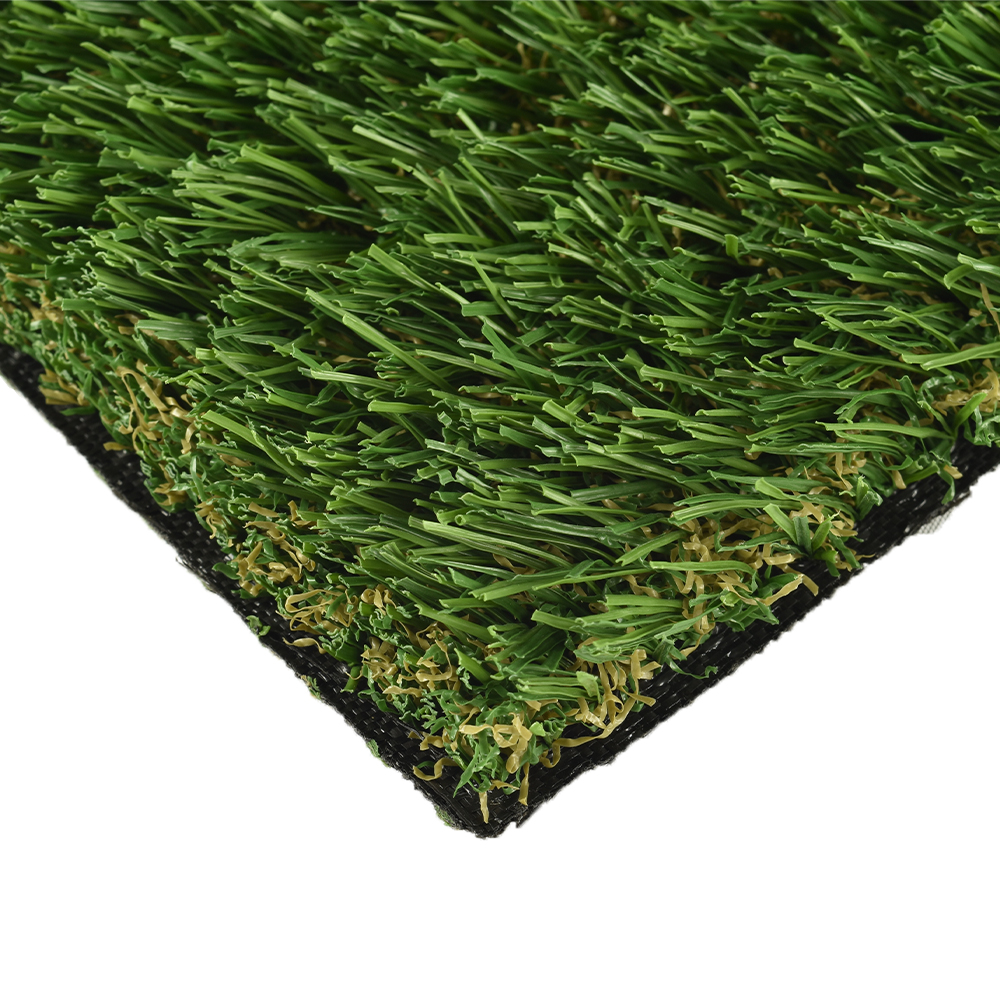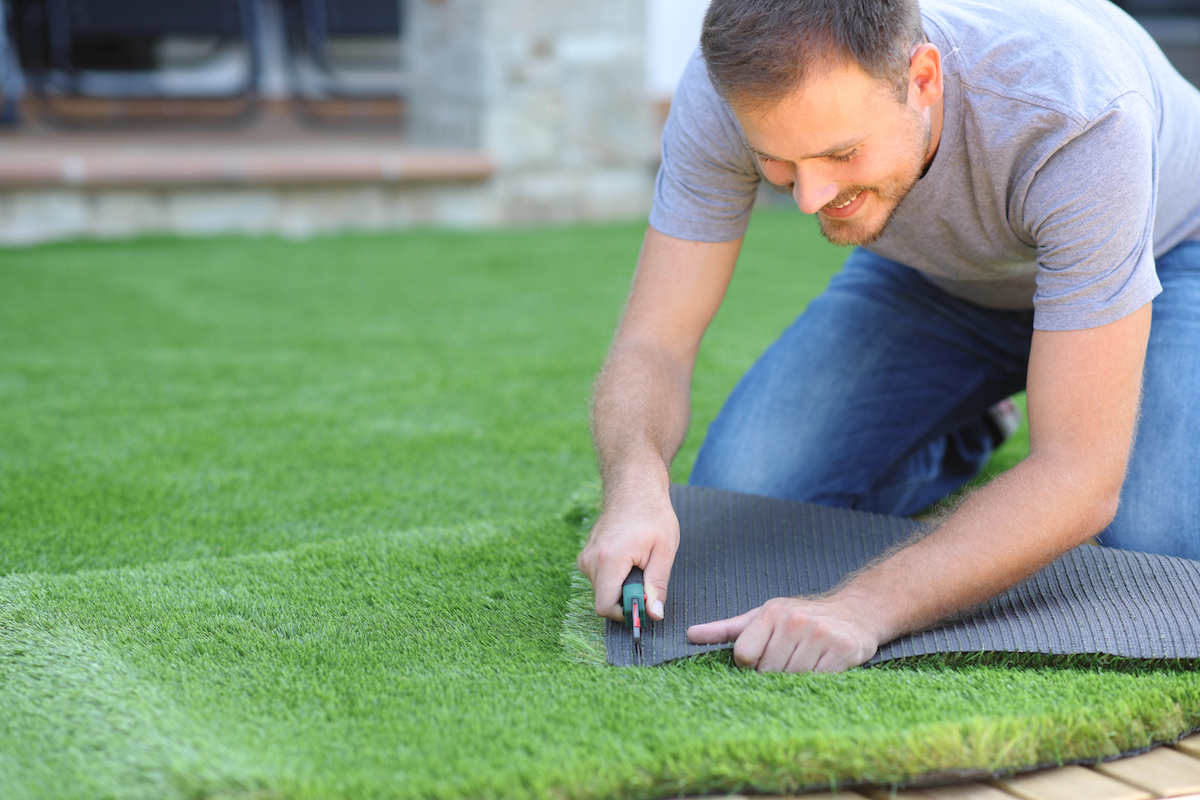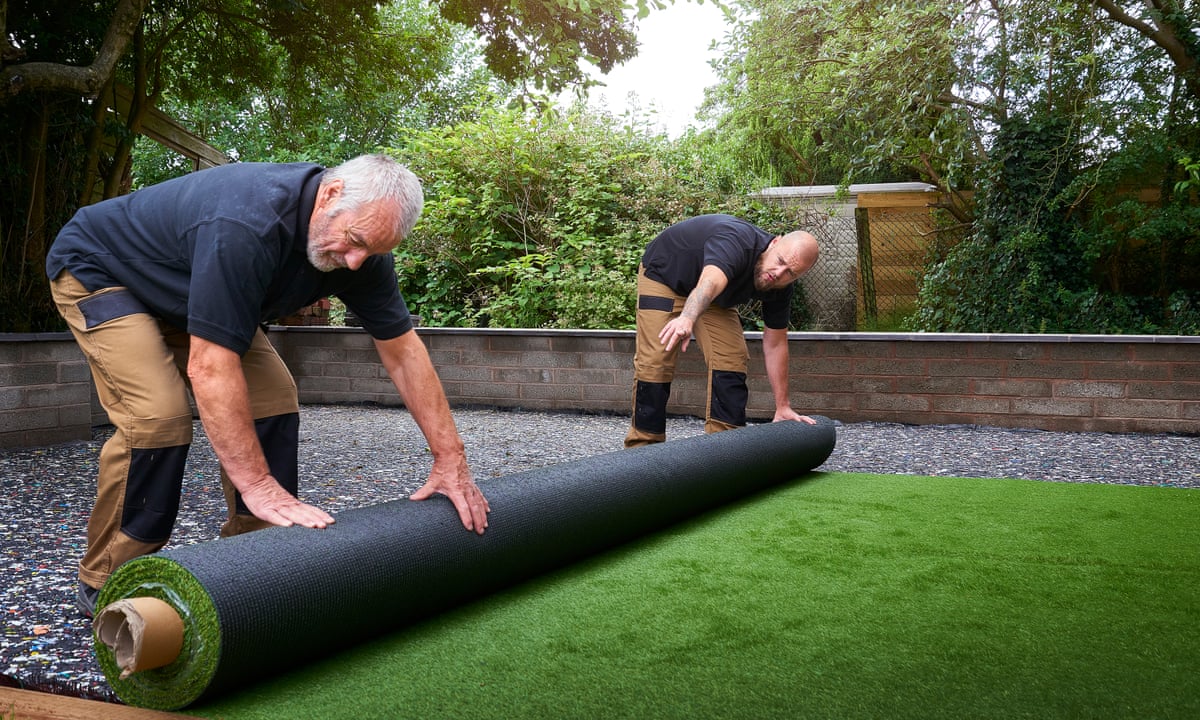Top Phoenix Turf Companies Delivering Premium Synthetic Lawn Products
Top Phoenix Turf Companies Delivering Premium Synthetic Lawn Products
Blog Article
See Why Homeowners Prefer Synthetic Grass for Lasting Landscape Design Practices
As property owners progressively prioritize sustainability in landscape design, synthetic grass has actually arised as an engaging alternative to typical grass. Its capacity to save water, lower upkeep efforts, and decrease ecological effect settings it as a functional option for those looking for environment-friendly remedies. Additionally, the aesthetic allure and convenience of synthetic lawn deal with diverse style preferences. The effects of this change prolong beyond plain comfort and aesthetics, triggering a closer assessment of how these selections influence more comprehensive environmental outcomes. What remains to be checked out is the complete scope of advantages that synthetic grass can supply to home owners and the environment alike.
Water Conservation Conveniences
One of the most significant advantages of artificial turf is its role in water preservation. In comparison, artificial lawn eliminates this demand totally, as it does not need irrigation.
Moreover, the setup of man-made grass can add to a more lasting landscape. Property owners can substantially lower their water expenses, permitting reallocation of sources to various other environmental campaigns or home uses. Furthermore, synthetic grass is made to stand up to various weather problems without the need for supplemental watering, making it an ideal choice for areas dealing with water shortage.
The environmental advantages prolong beyond prompt water financial savings. By minimizing water consumption, synthetic grass aids to minimize the impacts of climate change, maintaining essential ecosystems that are intimidated by excessive water removal. As lasting landscaping practices get grip, synthetic grass emerges as a liable selection for house owners seeking to produce environmentally friendly outside rooms.
Lowered Upkeep Initiatives
Synthetic grass substantially reduces upkeep efforts contrasted to typical yard lawns. With fabricated turf, home owners can eliminate the lengthy tasks related to all-natural landscaping, such as mowing, feeding, and weeding. This not just conserves beneficial time however likewise decreases physical labor, making yard treatment accessible for individuals of any ages.
Standard grass need frequent cutting to keep a visually pleasing elevation, whereas fabricated turf remains continually lavish without the requirement for cutting. In addition, homeowners no much longer need to apply pesticides or plant foods, which are frequently called for to keep all-natural lawn healthy and balanced.
Furthermore, synthetic grass is resistant and sturdy, calling for marginal upkeep past periodic cleaning and rinsing to remove debris. This simplicity of maintenance enables home owners to appreciate their exterior rooms without the constant fear of upkeep, giving more time for recreation and family tasks. Inevitably, the decreased upkeep efforts related to synthetic grass make it an attractive option for those looking for a low-maintenance, aesthetically appealing landscape.

Environmental Effect Decrease
There is an expanding acknowledgment of the environmental advantages related to synthetic grass, especially in regards to water preservation and reduced chemical usage. Traditional lawns call for significant quantities of water, especially in drought-prone areas, causing raised stress on local water sources. On the other hand, synthetic grass gets rid of the requirement for irrigation, considerably lowering water intake and advertising sustainability.
Furthermore, conventional yard upkeep typically includes the application of pesticides, fertilizers, and herbicides, which can add to dirt and water contamination. Synthetic grass mitigates this ecological hazard by requiring very little maintenance and basically removing the need for harmful chemicals. This not only enhances soil health but also safeguards local ecological communities from hazardous drainage.
In addition, the manufacturing of all-natural yard yards normally entails the use of nonrenewable fuel sources for mowing and landscaping equipment, further adding to greenhouse gas emissions. By picking synthetic grass, house owners can substantially reduce their carbon footprint connected with yard treatment tasks.
Visual Allure and Convenience
Along with its environmental advantages, synthetic turf provides considerable aesthetic allure and adaptability for landscaping. Property owners can achieve a rich, environment-friendly why not find out more appearance year-round, getting rid of the seasonal changes commonly linked with natural yard. This regular aesthetic not only enhances the visual appeal of a building yet additionally adds to a sleek and properly maintained look.
Furthermore, artificial turf is readily available in a selection of styles, shades, and structures, permitting personalization to fit specific preferences and layout themes - Arizona artificial turf. Whether used in household yards, industrial spaces, or recreational areas, it can effortlessly incorporate right into diverse landscape design designs, from modern minimalist to rich tropical setups
The versatility of synthetic grass prolongs beyond plain look; it can be mounted in numerous locations, consisting of roofs, patios, and also indoor areas, creating possibilities for unique landscape design solutions. Additionally, it is appropriate for a series of activities, from youngsters's play locations to pet-friendly settings, providing capability without compromising design.
Eventually, the aesthetic appeal and versatility of synthetic lawn make it an eye-catching alternative for house owners seeking lasting landscape design options that do not give up appeal for ecological obligation.

Long-Term Cost Savings
One of the most engaging benefits of man-made turf is its capacity for long-lasting price savings. Unlike all-natural yard, which calls for routine upkeep-- consisting of mowing, watering, fertilizing, and insect control-- man-made turf considerably reduces these ongoing expenditures.
Additionally, synthetic grass has a lifespan of 15 to 25 years, relying on its high quality and usage. This sturdiness reduces replacement prices, making it a more affordable choice in the long run. Moreover, the preliminary investment in fabricated turf can usually be recovered with the cost savings accumulated gradually.
While the in advance cost might seem higher contrasted to turf installment, the cumulative financial savings from minimized check here upkeep and water use often outweigh these initial expenditures. Inevitably, the adoption of synthetic lawn not just promotes a sustainable landscape design option yet additionally offers homeowners a monetarily savvy alternative that lines up with lasting budgeting objectives.
Final Thought
Synthetic grass emerges as an engaging alternative for sustainable landscape design, using substantial advantages in water conservation, minimized upkeep initiatives, and decreased ecological impact. Its visual appeal and flexibility enhance the visual landscape while lining up with modern sustainability objectives. Furthermore, long-term price financial savings contribute to its beauty for property owners. As areas significantly prioritize eco pleasant methods, the adoption of fabricated grass represents a dynamic step towards accomplishing sustainable and durable landscapes.
In addition, artificial lawn is designed to hold up against numerous climatic conditions without the demand for supplemental watering, making it an optimal option for regions dealing with water scarcity. (Arizona turf)

Man-made grass arises as an engaging option for sustainable landscaping, offering considerable benefits in water conservation, decreased upkeep efforts, and diminished environmental impact.
Report this page